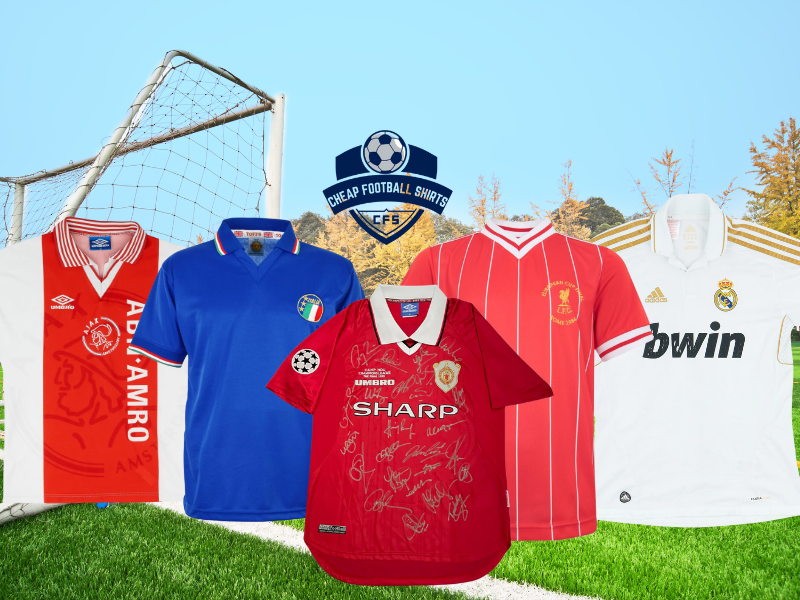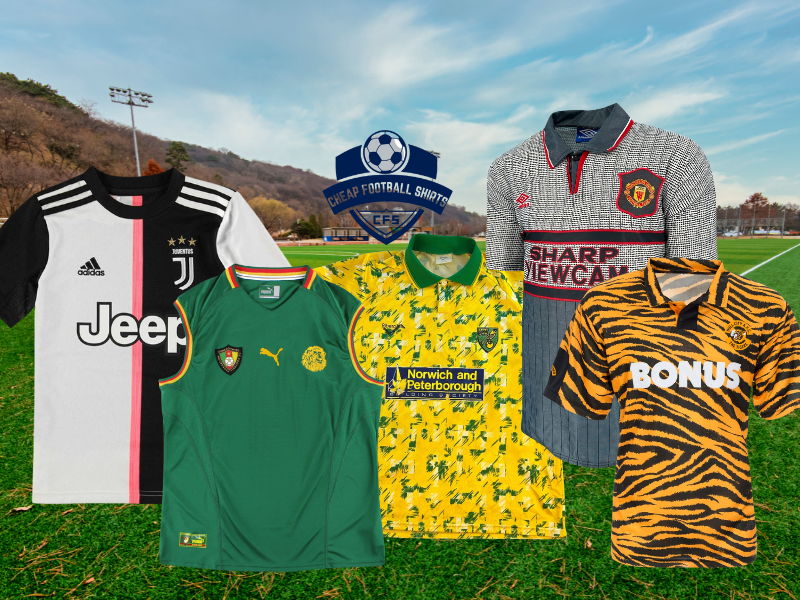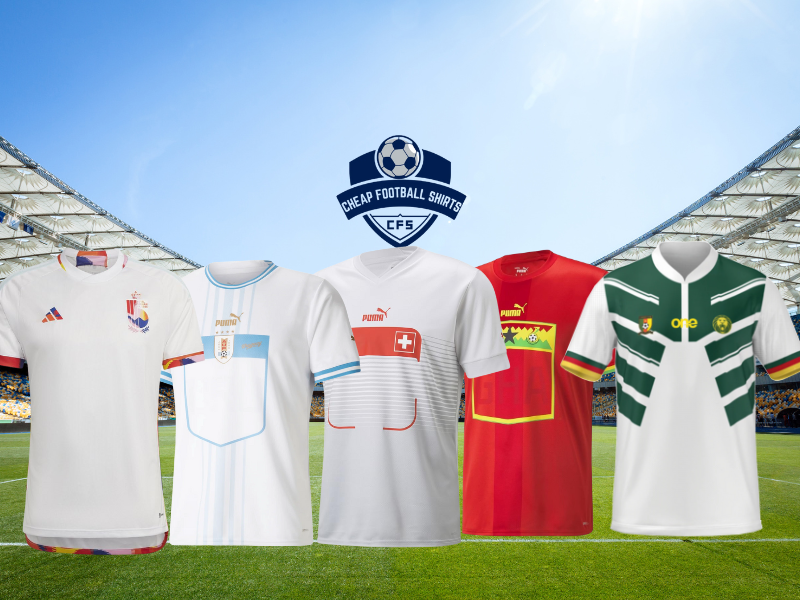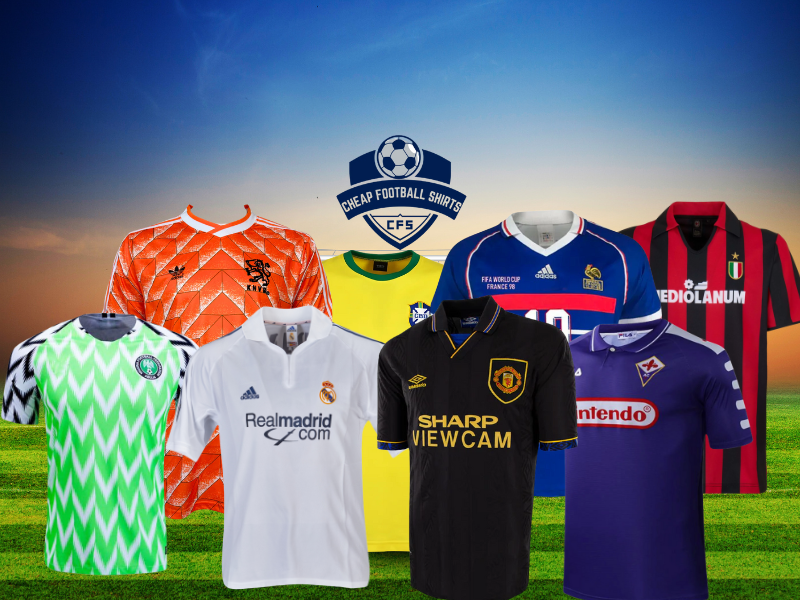There is nothing on a football pitch quite as recognisable or evocative as the classic Brazilian soccer uniform. That familiar blend of yellow, green, and blue says football joy to supporters worldwide, carrying memories of famous finals, gifted players, and terrace chants shared from Rio’s beach bars to Manchester’s local.
This is a deep dive into why these kits matter, not only for the trophies etched into history but for what the colours and design have come to mean far beyond ninety minutes. Along the way, you will see how the Brazilian kit can shape global football culture and influence club kits, like those seen in the Premier League or La Liga.
Why the Brazilian Soccer Uniform Matters
To understand football heritage you cannot skip over Brazil. Their home kit often towers above others in conversation, celebrated as a symbol of footballing flair and attacking football. This is not just about a shirt. It is about how a collection of colours has represented a way of playing, and a national self-belief.
From the moment the yellow shirt first appeared in 1954, it began to represent hope and creativity. Before then, Brazil’s uniform was mostly plain white, but after a traumatic loss in the 1950 Maracanazo final at home, a design competition led to a striking change. The result became legendary: yellow shirts, green collars, blue shorts, and white socks – a palette linked closely to the national flag.
Today, this kit is as much a fixture at World Cups as goal celebrations or samba drums in the stands. Whether it is a new Adidas drop or a retro classic, fans continue to buy into the feeling. The Brazilian soccer uniform is not only a shirt for footballers but a global icon of sporting positivity.
Defining Moments in Brazilian Kit History
1958 Sweden: A New Era for the Selecao
- Why it stands out: Brazil wore the now famous yellow design as they lifted their first ever World Cup, announcing themselves on the world stage.
- Key achievements: World Cup winners, unbeaten run, 17 year old Pele’s breakout with six goals, including two in the final on 29 June 1958.
- Cultural context: This was more than a championship. With televised colour games beginning, the brightness of the shirts and the thrilling football of Didi, Garrincha, and a teenage Pele made Brazil the team everyone wanted to see. There is a reason why this kit is often included in streetwear drops and football shirt top lists. The yellow shirt with green trim became the blueprint of joy football.
- Who will love it: Fans of football’s pure attacking spirit and classic kit collectors.
- Provenance snapshot: Manufacturer Athleta, Worn in the 1958 World Cup final, no visible shirt sponsor in this era.
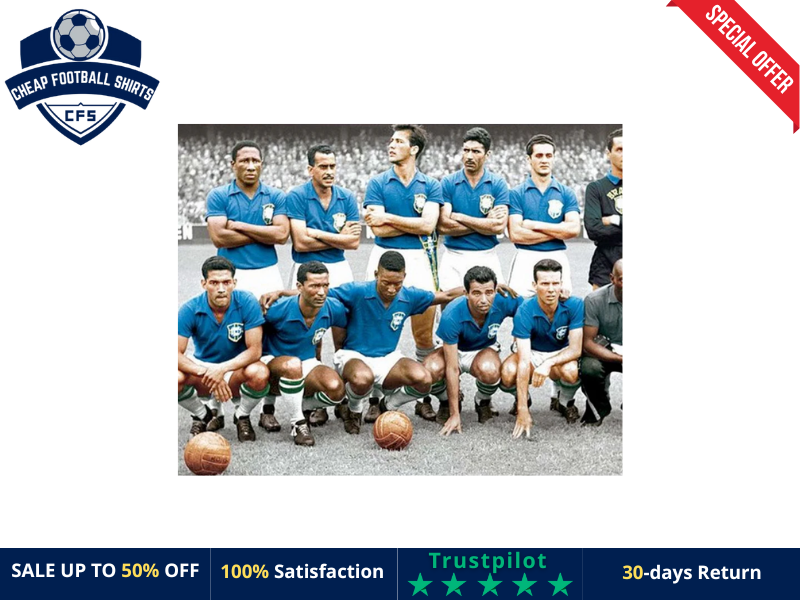
1970 Mexico: Global Style Starts Here
Why it stands out: Football’s first live televised World Cup and Brazil’s undisputed glory under Pele secured the Selecao’s kit as a worldwide fashion statement.
- Key achievements: World Cup title, perfect record, 4 1 final win over Italy on 21 June 1970.
- Cultural context: The Brazilian jersey exploded in popularity as colour television sets became common in households. The vibrant shade, plus players like Jairzinho, Tostão, and Carlos Alberto, made it unforgettable. The shirt’s simple, badge only style still inspires retro kit releases, while Pele’s now famous celebration with a raised fist became an image synonymous with football history.
- Who will love it: Supporters after timeless vintage style and anyone who admires football artistry.
- Provenance snapshot: Manufacturer Athleta, Worn in the 1970 World Cup final, no commercial sponsor.
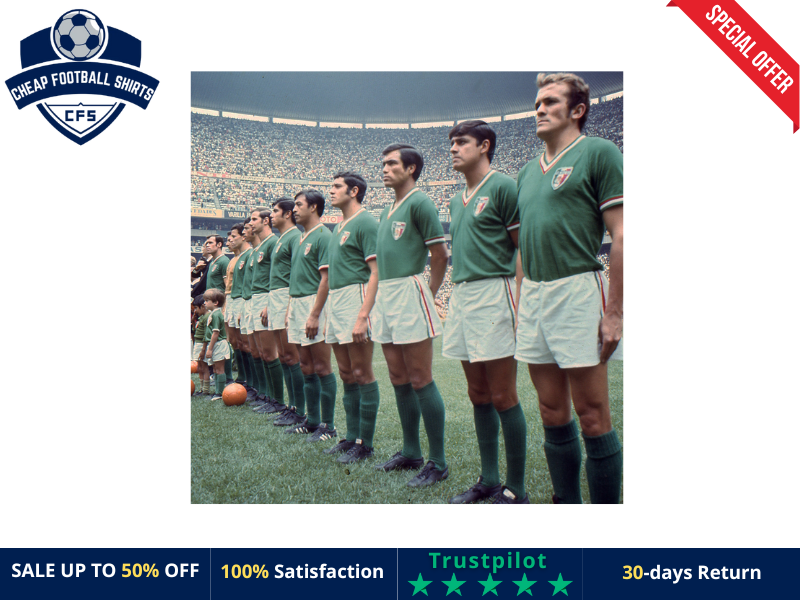
Explore the full Brazil retro football collection, classic shirts, jackets and training gear that capture decades of yellow-and-green glory. View all retro Brazil kits here.
1994 USA: Modern Football Intersects with Pop Culture
Why it stands out: Romário, Bebeto, and a penalty shootout saw Brazil win their fourth World Cup, bringing the kit to a new generation.
- Key achievements: World Cup winners in 1994, with a fierce defence and iconic penalty drama against Italy on 17 July 1994.
- Cultural context: The 1994 kit embraced early nineties style, featuring bold collar patterns and oversized fits, typical of the era’s streetwear trends. Sponsors began to play a prominent part, though the shirt itself remained clean of front logos. Off the pitch, you now saw the shirt in London schoolyards and on MTV, helping blend football kits with pop culture and youth style.
- Who will love it: Fans searching for that nineties nostalgia and supporters who lived through the Bebeto baby rocking celebration.
- Provenance snapshot: Manufacturer Umbro, Worn in the 1994 World Cup final, with subtle Umbro branding.
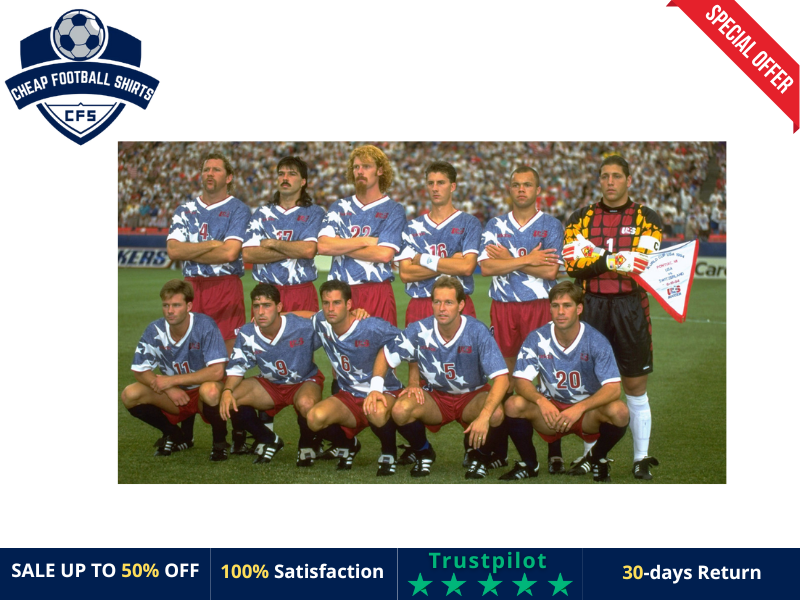
2002 South Korea and Japan: Return of the Kings
Why it stands out: Featuring Ronaldo’s redemption, this kit recalls one of the greatest comebacks — and the most goals in a modern World Cup from a single striker.
- Key achievements: Ronaldo nets eight times, Rivaldo and Ronaldinho dazzle, Brazil lift a fifth World Cup on 30 June 2002.
- Cultural context: The streamlined tailoring and advanced fabric matched the early 2000s love for sports technology, but it was the on pitch swagger and Ronaldinho’s audacious chip against England that made this a classic. Brazilian football’s free flowing brand set a design template for clubs worldwide for years.
- Who will love it: Fans of Ronaldo’s legacy and collectors of shirts seen in school playgrounds across England.
- Provenance snapshot: Manufacturer Nike, Worn in the 2002 World Cup final, with prominent Nike swoosh.
You can browse a full range of classic international shirts at our World Cup kits category.
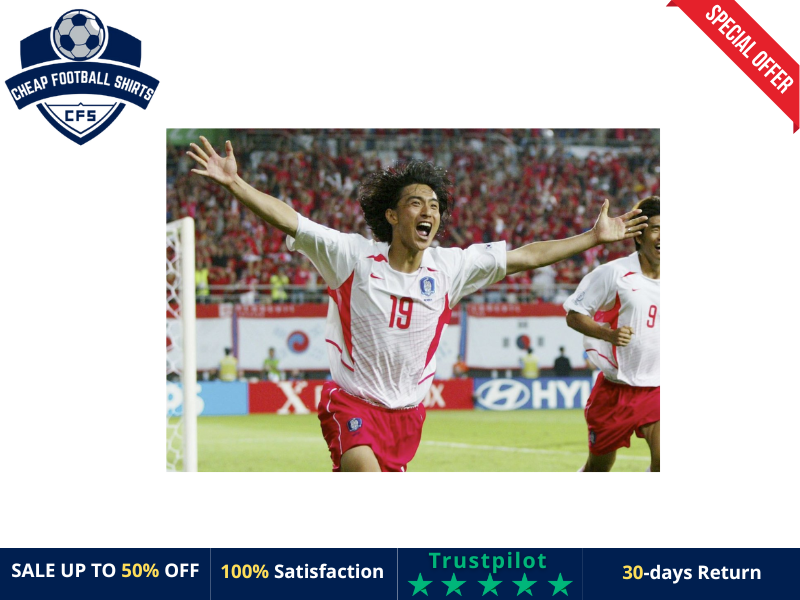
Brazil Away and Alternative Shirts: Why the Blue Matters
The Brazilian blue shirt is more than just a change strip. It has its own mythos, famously worn during decisive matches and moments that forced kit changes due to colour clashes.
1958 World Cup Final: The Rise of the Blue
- The Swedish hosts wore yellow in the final, so Brazil switched to blue and gold. The Selecao triumphed, with Pele’s two goals debuting the blue as a symbol of victory under pressure.
- This cemented blue as a lucky colour in Brazilian fan culture. The alternative kit remains a fan favourite, with versions often tied to tournament drama and underdog grit.
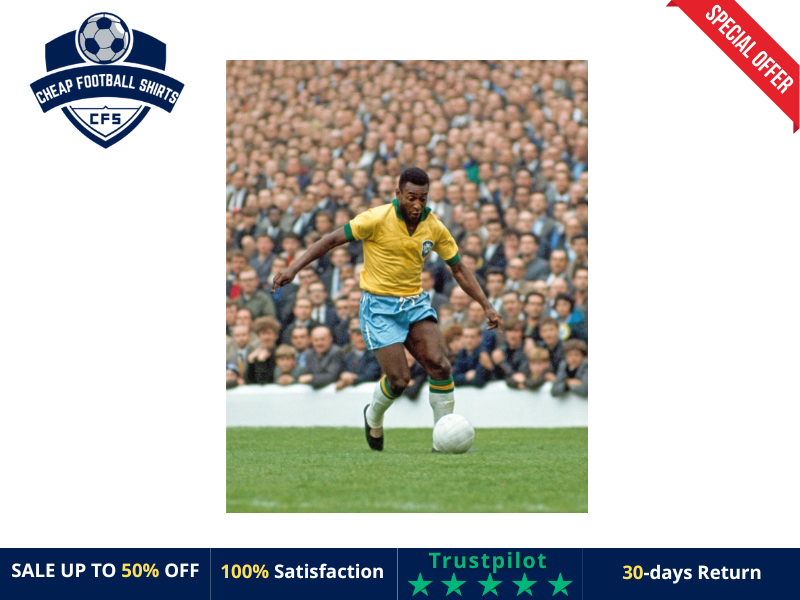
Modern Blue Kits: Reinventing a Classic
- Manufacturers like Nike regularly update the blue change shirt, mixing throwback patterns with bold new graphics.
- Fans continue to wear the blue kit on away days, especially when seeking luck in knockout stages or for street style.
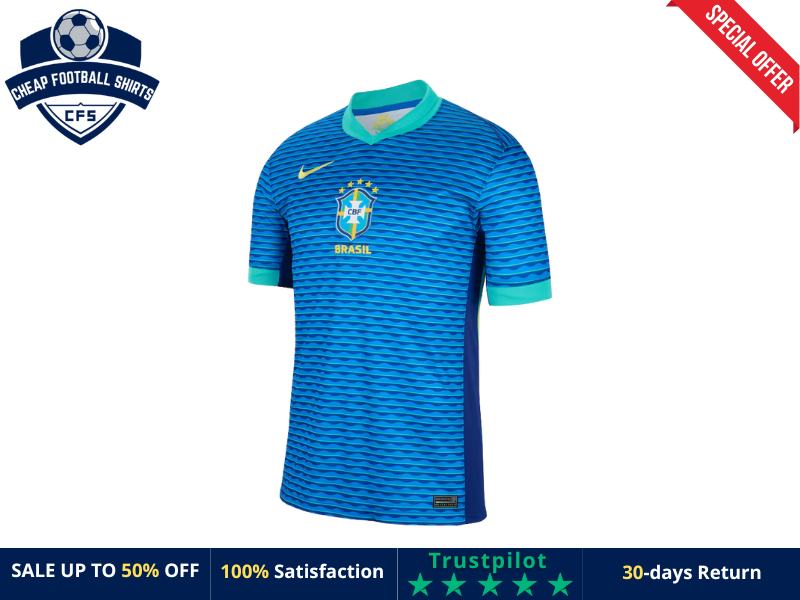
How Fans Connect with the Brazilian Soccer Uniform
There is an emotional charge in pulling on the canary yellow, whether worn at Carnival or in a Hyde Park five aside. For many Brazilians and global supporters, these kits are about dreams. The 1970 or 2002 shirts are tied to songs, chants, and big match screenings — show up in a Brazilian shirt, and you carry confidence that comes from being part of football’s most joyful legacy.
In the UK, especially, retro Brazilian shirts have long crossed over into street fashion. These tops say ‘good football’ just as much as any club shirt worn on a match day. The popularity endures because the kit represents happiness, style, and optimism.
Quick FAQs
- Q: Why are Brazil’s shirts mostly yellow?
A: The yellow design, chosen in 1953 after World Cup heartbreak, reflects the national flag’s colours and represents positivity and ambition. - Q: Which World Cup was most important for the Brazilian uniform?
A: The 1970 World Cup in Mexico, featuring Pelé, is often considered the most iconic due to its global television debut, stylish play, and its connection to both football culture and kit design worldwide. - Q: How do you spot a poor quality Brazil kit in the UK?
A: Look out for incorrect club badge details, odd colour shades, and loose or patchy stitching. Shop trusted sellers. - Q: Are away kits as popular as the home?
A: While yellow is symbolic, the blue away shirt holds its own legendary status, especially thanks to dramatic matches like the 1958 World Cup final. - Q: Is an older shirt worth more?
A: Some retro shirts, especially from World Cup winning years, are highly sought after by collectors, with higher value for well kept examples.
Conclusion
For supporters old and new, the Brazilian soccer uniform remains a beacon of football joy and style. The kit’s story is not just fabric and colour but about unforgettable moments, players who shaped the world game, and the dreams carried by fans everywhere. Whether you fancy a vintage Pele or a modern Neymar shirt, you are connecting with a global heritage. If you are ready to add a storied shirt to your collection or simply relive some magic, browse our latest Brazil shirts and discover why this uniform still shapes football dreams today.
Take a look at the iconic international selection on cheapfootballshirts.com and find your piece of the story.

